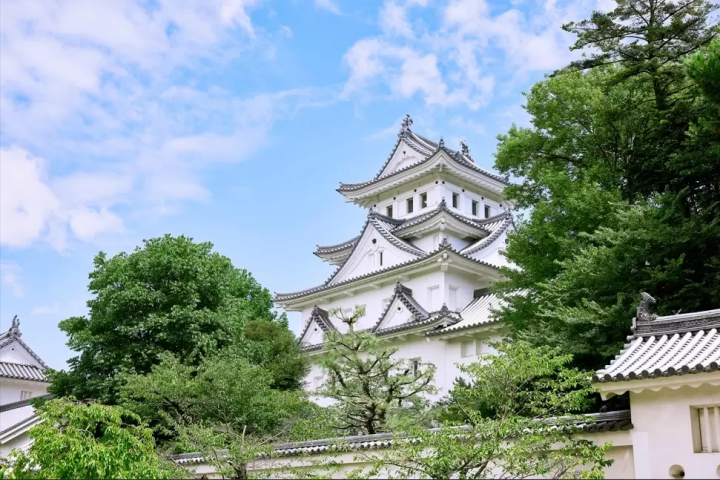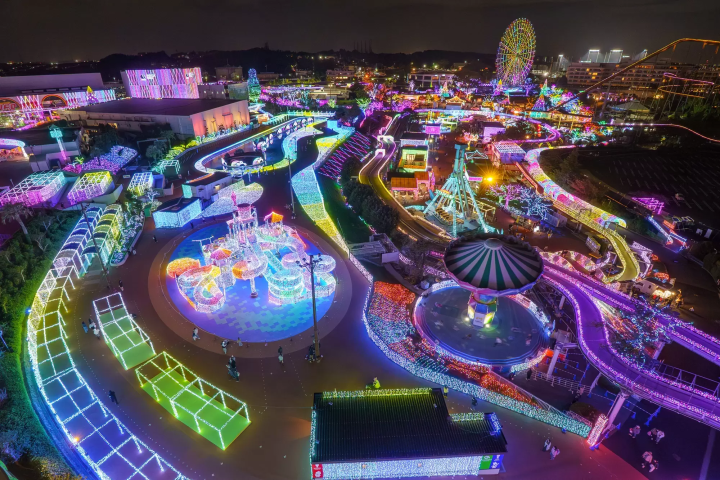Hiroshima Cuisine: 12 Must-Try Foods and Local Products

Hiroshima has many local citrus products, addictive comfort foods, and rare regional delicacies. Our Hiroshima food guide features local delights such as okonomiyaki, oysters, the unique Azuma sushi, and other dishes that you shouldn't miss out on!
A Culinary Trip to Hiroshima
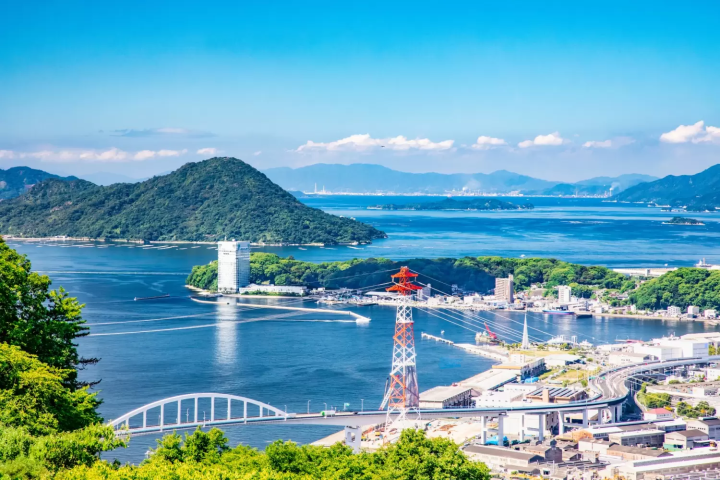
Hiroshima is perhaps most famous for its pivotal role in modern history and as the home of the Hiroshima Peace Memorial. However, thanks to its calm harbor and proximity to the Chinese mainland and Setouchi Inland Sea, Hiroshima also has a unique and varied food culture.
Many of Hiroshima’s famous local foods resemble soul food and snacks popular in other areas of Japan, each with a special local twist.
Check out these 12 must-try Hiroshima foods, and see if you can recognize their counterparts in the rest of Japan and the world!
Must-Try Hiroshima Cuisine
1. Hiroshima Okonomiyaki
2. Oysters
3. Anago-meshi
4. Navy Curry
5. Dan-Dan Noodles
6. Momiji Manju
7. Azuma Sushi
8. Setouchi Lemons
9. Bishu Nabe
10. Hassaku Oranges
11. Onomichi Ramen
12. Hiroshima Sake
Read also
1. Hiroshima Okonomiyaki

Photo by Pixta
Okonomiyaki is a very popular comfort food in Japan. It is usually prepared on a flat iron teppanyaki grill. It can be fun to make at home on a griddle and offers endless customization styles. The name even translates to “as you like it!”
Hiroshima okonomiyaki is different from Kansai-style okonomiyaki in several ways and is considered the essential soul food of Hiroshima by many locals.
It consists of layered ingredients: a thin crepe with veggies and meat piled on top, all flipped over a mass of noodles and topped with delicious sauces. Otafuku, the most famous brand of okonomiyaki sauce, got its start in Hiroshima.
To try some, head to one of Okonomiyaki Micchan’s locations. It’s a favorite among locals and visitors alike.
Read also
2. Oysters
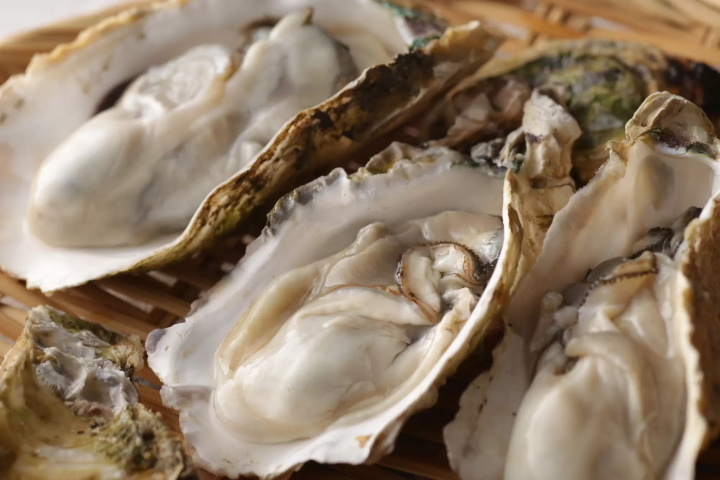
Photo by Pixta
Hiroshima produces the most oysters of all Japan’s prefectures and has a history of oyster cultivation dating back more than 450 years. It uses a method of suspending seeded wires vertically from floating rafts. The oysters grow along the submerged wires to maturity and are hand-harvested. Oysters are usually in season from November to March.
Of course, the best way to sample them is from the oyster cultivators themselves. Okino Suisan (Okino Aquaculture) operates a walk-up storefront where guests can purchase raw oysters in season or enjoy their hand-raised shellfish in a variety of preparations. A classic way to enjoy oysters is grilled in the shell, just like fishermen do right on the beach.
Okino Suisan
Address: 553-1 Miyajima-cho, Hatsukaichi City, Hiroshima Prefecture
Business Hours: 09:00 – 18:00 (During oyster season)
Read also
3. Anago-meshi
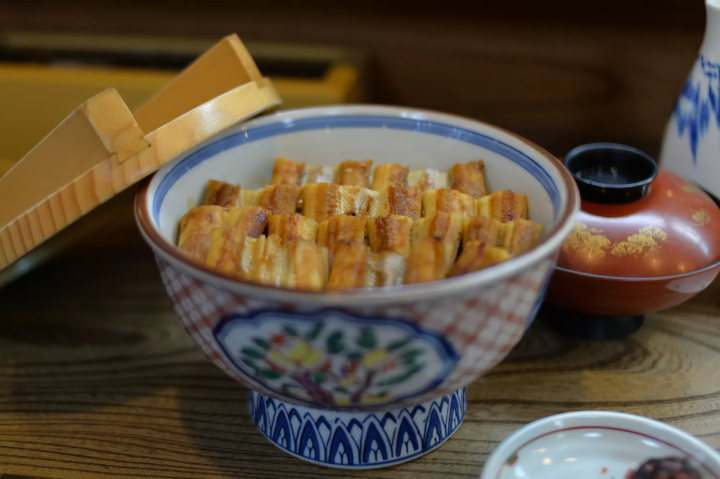
Photo by Pixta
Anago-meshi, another one of Hiroshima’s most famous dishes, is similar to unagi-don. However, anago, Japanese conger eel, is much smaller than unagi and has meat with a lighter, less fatty taste. Anago is unlikely to melt in your mouth the way unagi does, but its delicate, plump meat is packed with a mildly sweet flavor that has become popular throughout Japan.
Hiroshima’s only Michelin star belongs to an anago-meshi specialty shop established in 1902, Fujitaya. The walk-in exclusive restaurant uses only local ingredients and steams each eel to order, so wait times can stretch into the hours. However, this Miyajimi establishment is the master of anago-meshi and a must visit shop for those interested in discovering the subtle charms of anago.
Fujitaya
Address: 125-2 Miyajimacho, Hatsukaichi, Hiroshima 739-0588
Hours: 11:00-17:00
4. Naval Curry

Photo by Pixta
Kure is a Hiroshima port town famous for its curry. Japanese curry is a nostalgic favorite served in cafeterias around the country, including in the mess halls of the Japanese Maritime Self Defense Force ships. It’s said that some units serve curry every Friday, helping keep sailors who spend many months at sea aware of the date.
Curry houses around Kure collaborate directly with the ships to learn to make this “Naval curry,” and successful chefs even earn certificates of recognition from the crew they studied under. The nutrient-packed, fortifying curry has become a classic dish in the city. Its appeals extend far beyond the crew of defense ships.
Visitors can check out the official Kurekaijin Curry website for a map of all the certified curry shops.
5. Dan Dan Noodles
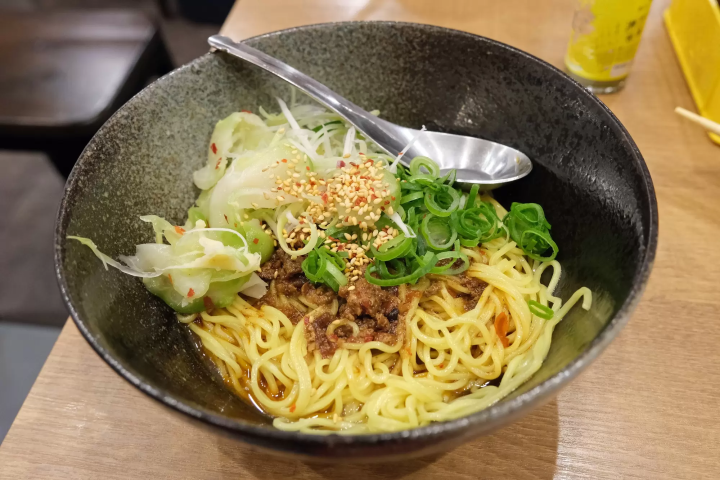
Photo by Pixta
The shop Kisaku is said to be the birthplace of Hiroshima’s local style of dan dan noodles (tan-tan men). The cuisine originated in China, where vegetables and sichuan pepper were mixed with hot, oiled noodles to make an addictive meal. The mix of hot and numbing spice, combined with the fresh flavor of vegetables and umami ground meat is hard to beat, and is especially popular with ramen lovers and abura-soba fans.
Hiroshima enjoys a food culture with much Chinese influence and is the classic region to try soupless dan dan noodles, which are not becoming popular throughout Japan. After mixing the noodles and ingredients together until they’re all coated in the flavorful spices and oils, a bowl of dan dan is ready to eat. Many diners recommend adding rice to the boil after finishing the noodles to make dan dan meshi, a delicious way to soak up every last bit of flavor.
Visit the original Kisaku location, or try the creative, cheese-topped version at Men-ya Masara to put out the burn.
Men-ya Masara
Address: 1F Otemachi Building, 2-6-8 Otemachi, Naka-ku, Hiroshima City, Hiroshima Prefecture
Hours of Operation:
Lunch: 11:00 – 14:30
Dinner: 17:30 – 20:15
Only open for lunch on Sundays and Holidays
6. Momiji Manju
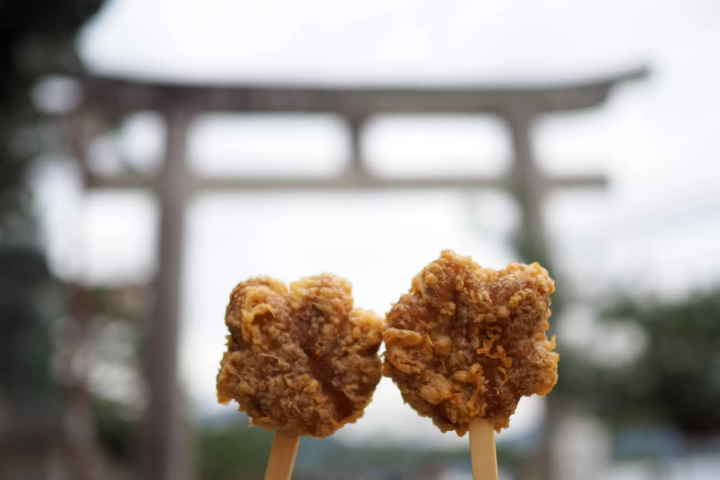
Photo by Pixta
Momiji manju, a specialty of Miyajima Island, are delicious cakes filled with red bean paste. Their texture and flavor are similar to those of ningyo yaki, which can be enjoyed in Tokyo’s Asakusa district, but their unique shape, inspired by Japanese maple leaves, lends these soft treats a special appeal.
Although their shape looks like they might taste like maple syrup, the beautiful brown color comes from the delicately roasted castella cake itself.
Momiji manju are a type of wagashi, a traditional Japanese sweet enjoyed as a snack or with tea. These particular cakes are sometimes deep-fried into warm, crispy morsels called “Agemomiji,” which means “Fried maple leaves” in Japanese.
On Miyajima Pier, groups can try making their own momiji manju using a traditional mold. The tool looks similar to old-fashioned taiyaki molds and is a fun experience for children and families to try!
7. Azuma Sushi
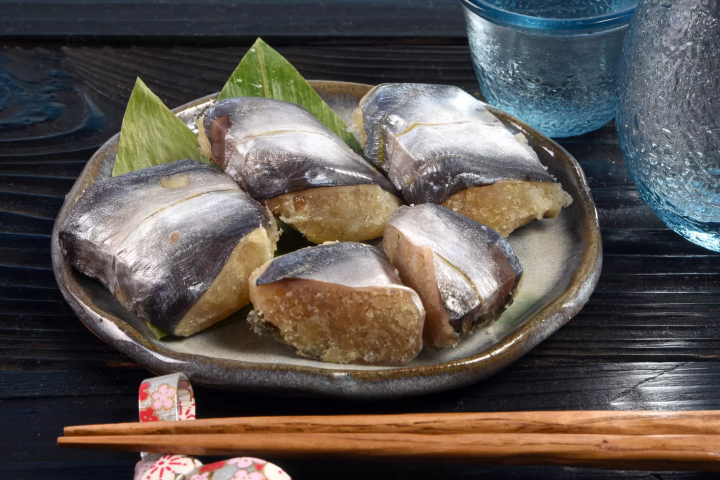
Photo by Pixta
Azuma sushi is a unique type of sushi that uses okara instead of rice! During times when rice was rationed and times when poor households did not have much rice, as the grain was once used the same way as money, this dish was developed to preserve resources.
Kohada, a type of small fish similar to iwashi or sardines, are filleted and preserved using Japan’s typical pickling and aging method. Instead of serving them over rice, nigiri-sushi shapes were formed from boiled okara and topped with the preserved fish. This bite-sized okara sushi came to be called Azuma sushi.
Okara is a byproduct of making tofu and soymilk. Nowadays, okara is considered a health food and not just a way to save money and resources, but the enduring and rustic tradition of azuma sushi continues in Hiroshima.
8. Lemons

Photo by Pixta
Hiroshima is the largest producer of oysters in Japan, but it is also the largest producer of lemons. Hiroshima uses lemons in a variety of interesting ways across its cuisine. Of course, some of the most popular lemon products are omiyage, such as lemon cakes and yokan jams.
However, Hiroshima lemons are also used in traditional dishes such as lemon nabe, which consists of meat and lemons simmered in a light and refreshing broth. The citrus also makes its way into the prefecture’s aquaculture. Lemons are mixed into the feed of yellowtail fish to give their meat a light taste, perfect for sashimi.
Hiroshima exports typical yellow lemons during the winter. However, its warm climate also allows the prefecture to produce surprising green lemons from spring to fall. Visitors can enjoy fresh lemon sweets and dishes all year long in Hiroshima.
Read also
9. Bishu Nabe (Shonabe)
This simple dish is said to have been invented by workers in a sake warehouse, called a kura, to tide them over during long shifts. Saijo, a district of East Hiroshima City is known for its sake breweries and is home to many famous brands.
Hiroshima is considered one of the big three sake-producing prefectures, with nearly 50 sake breweries in Hiroshima city alone. A fifth of these are concentrated around Saijo.
This area is known for being the start of ginjo sake and daiginjo sake, a popular variety where rice grains are polished down to a 40% or 50% ratio. For those who enjoy drinking sake, Saijo hosts a sake festival every October.

Picture courtesy of GetYourGuide
For those who don’t, traditional dishes such as bishu nabe allow visitors to enjoy the craftsmanship of sake brewed since the Edo period in a new way. Sake’s deliciousness adds sweetness and depth to a simple dish, made with just chinese cabbage, meat, salt and pepper, and high-quality sake.
10. Hassaku Citrus
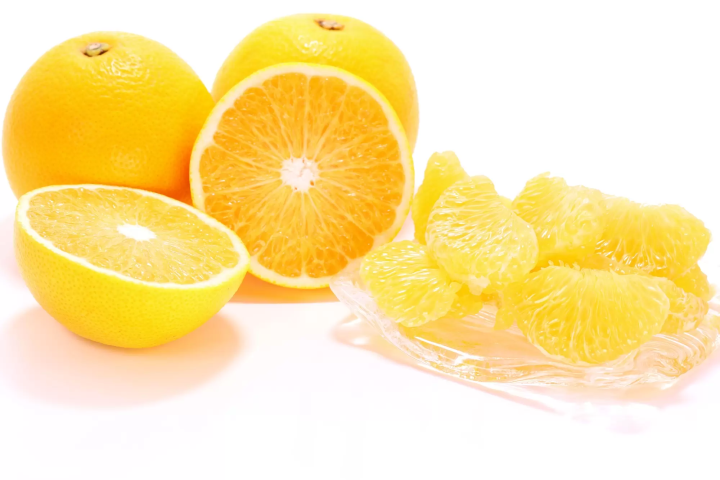
Photo by Pixta
Hassaku citrus are similar in flavor and appearance to oranges, but hassaku are native to Japan. They were first discovered near a temple in Hiroshima and have become an important part of Onomichi’s local identity. The mascot of Onomichi is also based on hassaku fruit to help promote tourism to the area.
These naval-orange sized fruits have flesh that is more tart and bitter than mikan but still sweet, so best served fresh. One of Hiroshima’s specialty souvenirs is a fresh slice of hassaku wrapped in white bean paste and mochi.
Hassaku-ya has been making these treats, called hassaku daifuku, for over 50 years.
11. Onomichi Ramen
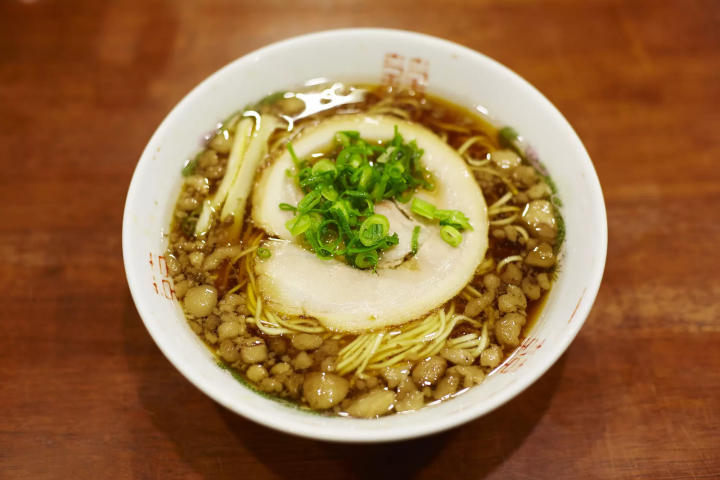
Photo by Pixta
Between Onomichi and Fukuyama, a one of a kind ramen culture has developed. This ramen is called Onomichi ramen, named after the place it was invented. Onomichi ramen is characterized by a soy-sauce based broth with chicken and dashi made from Setouchi seafood.
Onomichi ramen uses flat noodles, and is usually topped with fried balls of pork fatback called fatback menchi, green onions, chashu, and bamboo shoots. Onomichi ramen Maruboshi is one of the best in the business, but line up early if you want to get a bowl.
Maruboshi
Address: 2-chōme-8-16 Tsuchidō, Onomichi, Hiroshima 722-0035
Hours of Operation: 10:30-20:10 or Sold Out
Closed on Wednesdays
12. Hiroshima Sake
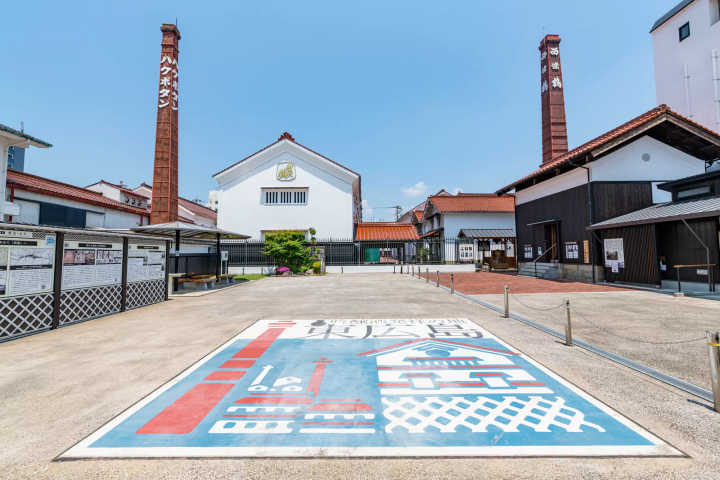
Photo by Pixta
Hiroshima is known as one of the three great sake regions, with many of its breweries concentrated around the Saijo area. Hiroshima’s breweries typically brew sweet, mild sake using the soft water in the area. It’s known as the birthplace of ginjo and daiginjo sakes, which are considered some of the highest grade of sake.
Some of the famous, long-standing breweries in the area are Imada, Kamotsuru, and Fukubijin. Each brewery has its own signature style and important history in the area. Hiroshima’s breweries are unique for their white-washed walls and tall towers that billow steam throughout the brewing process.
Read also
Enjoy Hiroshima Cuisine
Hiroshima’s calm seas and unique location bordering both the Setouchi Inland Sea and the outer coast of Japan create a beautiful climate and rich local cuisine.
Many travelers will find familiar flavors and textures among the classic dishes of Hiroshima, but each has regional traits that make it special and unforgettable. Be sure to try these famous dishes when you visit Hiroshima!
Read also
Main image by Pixta


















![[2025 Latest] How to get from Osaka to Hiroshima quickly and cheaply? How to get there by Shinkansen, bus, and car](https://resources.matcha-jp.com/resize/720x2000/2024/05/16-180184.webp)

![[2025 Latest] How to get from Fukuoka to Hiroshima quickly and cheaply? A thorough explanation of the Shinkansen, bus, and car transportation options!](https://resources.matcha-jp.com/resize/720x2000/2024/06/17-183825.webp)
























![[ Naruto City, Tokushima Prefecture ] Experience the world's largest whirlpools up close on a sightseeing boat at the Spring Whirlpool Festival!](https://resources.matcha-jp.com/resize/720x2000/2025/02/05-222727.webp)
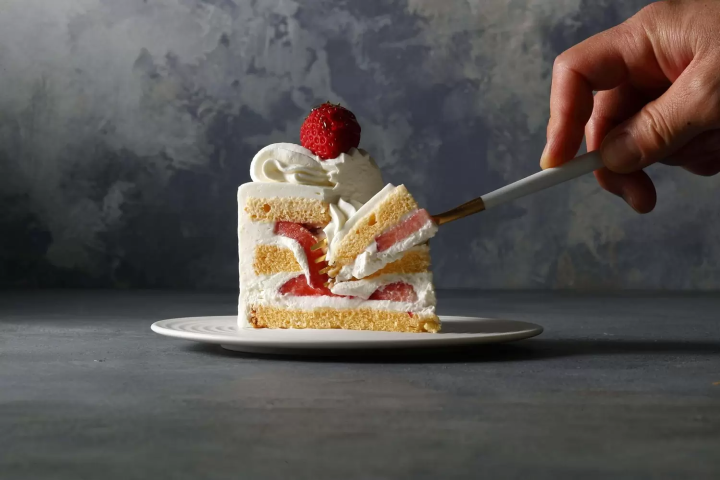
![Deep dive into Japanese brands! A tour of famous leather shoe stores with GENSEI & Nin [Madras Edition]](https://resources.matcha-jp.com/resize/720x2000/2025/12/17-253129.webp)
